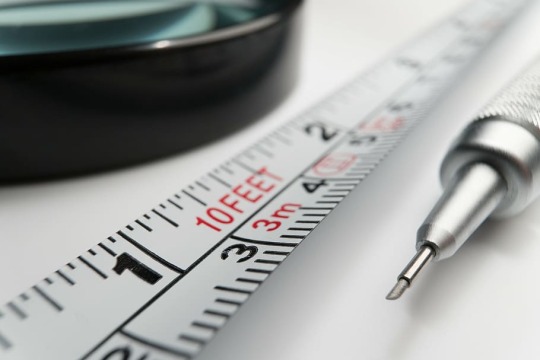Don't wanna be here? Send us removal request.
Text
This Is Why Utilising A 3D Measurement Software Is A Good Idea

Quality issues in the manufacturing process are among the things many organisations and businesses would want to eliminate. And for such reason, many are opting to use 3D measurement software to take care of quality problems as well as speed up their processes. Basically, such type of technology is helpful for taking a certain idea from the conceptualisation phase to the production stage.
If you are interested in knowing more about 3D measurement software and how it can assist you with your manufacturing operations, check out the sections below.
The wave of the future
One of the advantages of using 3D measurement technology is that 3D scanners are the wave of the future. It’s what companies today need to continue to use if they are going to be successful. It’s also what companies in the future will need, as it becomes more popular. While a company might be able to get away without using it at the moment, there will come a time when almost everyone will basically have to use it, or that company will no longer remain competitive. That’s important to realise that, since it greatly affects business planning and costs, it may have to incur as time moves along and customers demand more from their products and services, along with the companies that provide them.
Rapid measurement
The rapid speed of data capture, from a 3D measurement software, allows millions of data points to be recorded in seconds. This ensures that large environments can be surveyed in a short timescale, making 3D surveying ideal for work on particularly time-sensitive projects when a quick turnaround is vital. The rapid process involved in 3D measurement is beneficial in minimising man-hours necessary on-site. This innate speed and flexibility are of huge benefits to the measurement industry and is one of the reasons that 3D measurement is becoming more and more widely utilised.
Getting a new product to market
3D measurement or scanning is one thing that many companies are using right now to stay competitive and successful. Products that get to market too late aren’t going to do customers any good, and the company that comes out with something new first will generally be the one to see those customers flocking to what they have to offer. This provides similar products later will probably still pick up some market share, but they don’t have the advantage earned by the first company.
Design
3D measurement and scanning can be applied at the design phase by starting with a physical object and using it to design a CAD model. Designers often have to work around and fit their layout to physical objects. These mating parts can also be scanned and incorporated into the design, resulting in parts that fit better consistently. The process of using an existing manufactured part to create a CAD model is often referred to as reverse engineering or reverse modelling. By utilising this, new designs can incorporate and improve upon engineering optimisation already inherent to the manufactured part.
Production
3D scanning can be used to capture changes to tooling or parts that occur on the shop floor. Tooling is often “hand-tuned” to achieve the final desired look and finish of a part. By using 3D measurement technology, transferring hand modifications and optimisations from tool to tool is possible, ensuring every part fit together after production. Such technology can also be used to analyse and characterise tool wear during production. If used correctly, it can also predict or eliminate tool failure. In the event of tool failure, 3D scan data can be used to recreate the optimised part.
Quality control
3D measurement technologies are used to analyse the “as-built” condition of parts after they have been manufactured. Typically, non-contact technology is used to quickly inspect the overall shape and size of parts, quickly detecting issues such as part warpage or overall scale issues. Analysing bolt-hole locations, bosses, bores, and other prismatic features are feasible with contact inspections. 3D scanning is used in combination with statistical analysis software to maintain and predict quality in manufacturing.
Production defects and issues are sometimes inevitable for any kind of businesses. But by using 3D measurement software, significantly reducing inspection and troubleshooting time will be possible. From all of the benefits listed in this post, it can be perceived that such technology will allow you to speed up and improve the quality of your manufacturing operations without sacrificing accuracy. If you are now decided to acquire such software for your business, just make sure to deal with reputable providers who specialised in this technology and you’re good to go!
1 note
·
View note